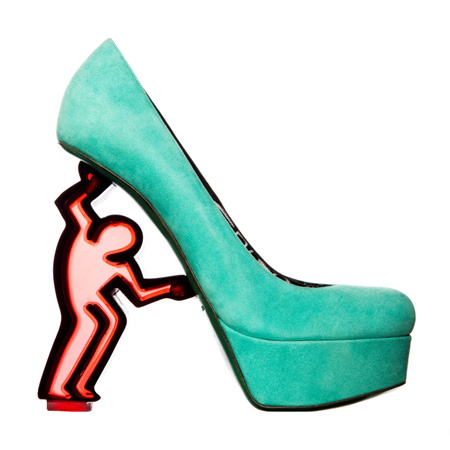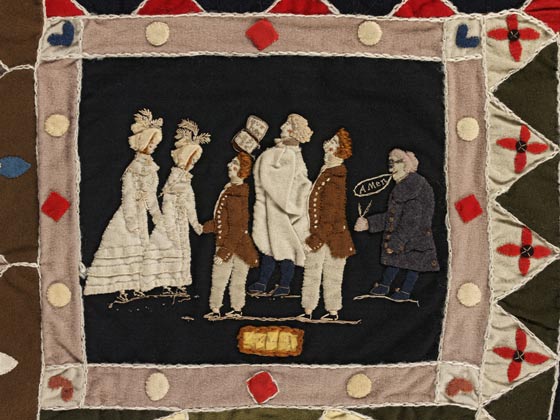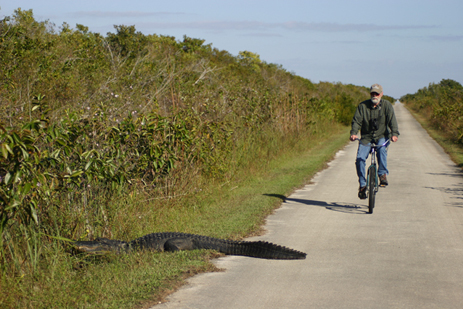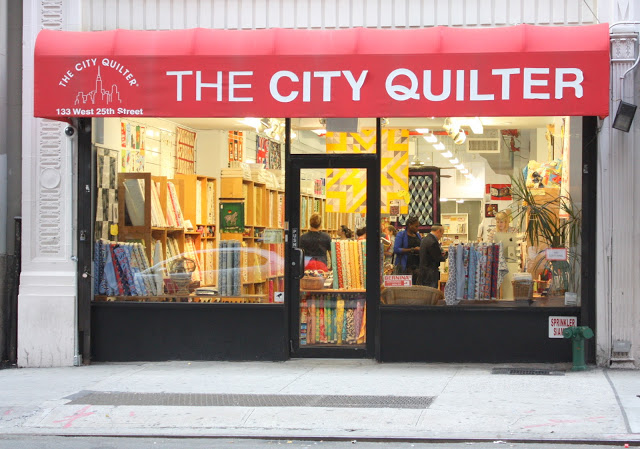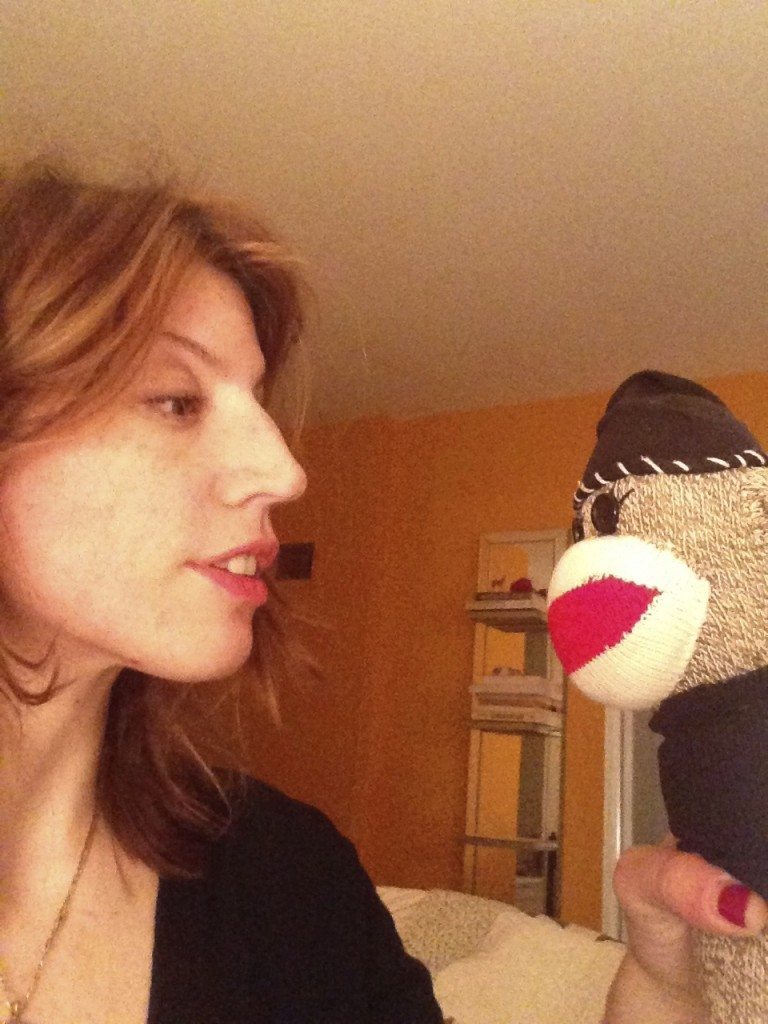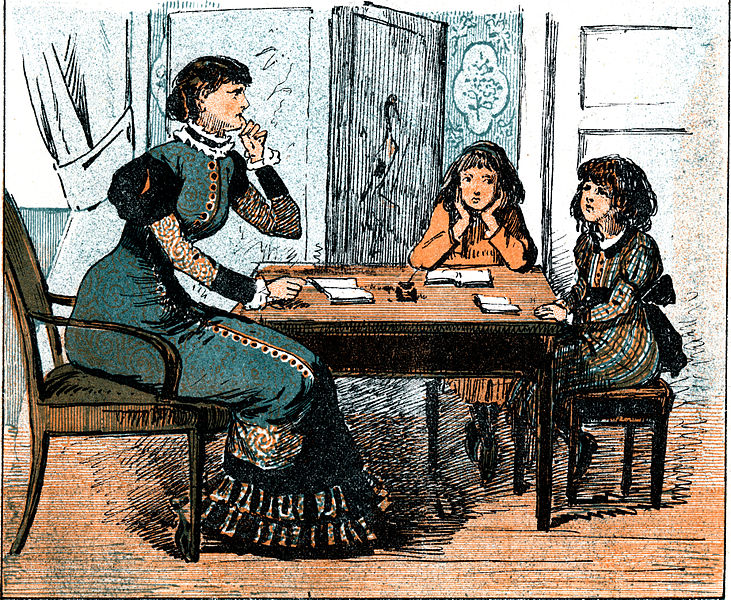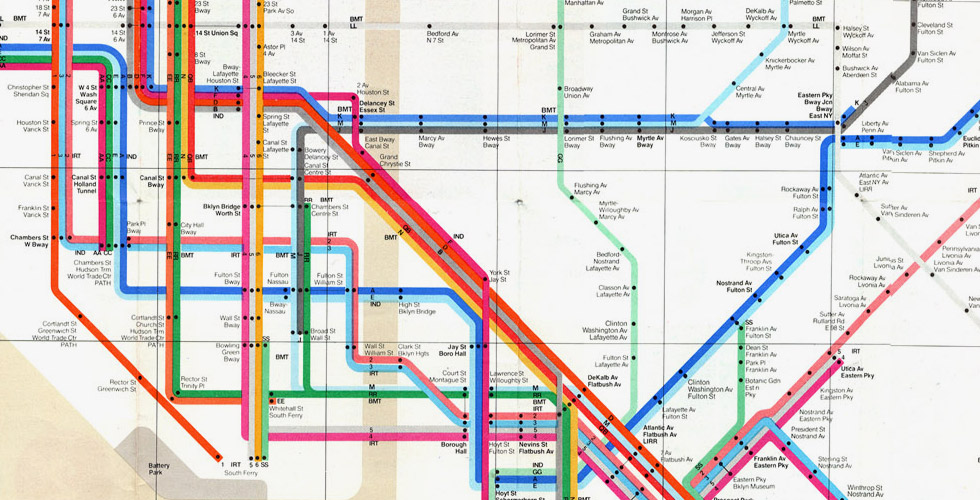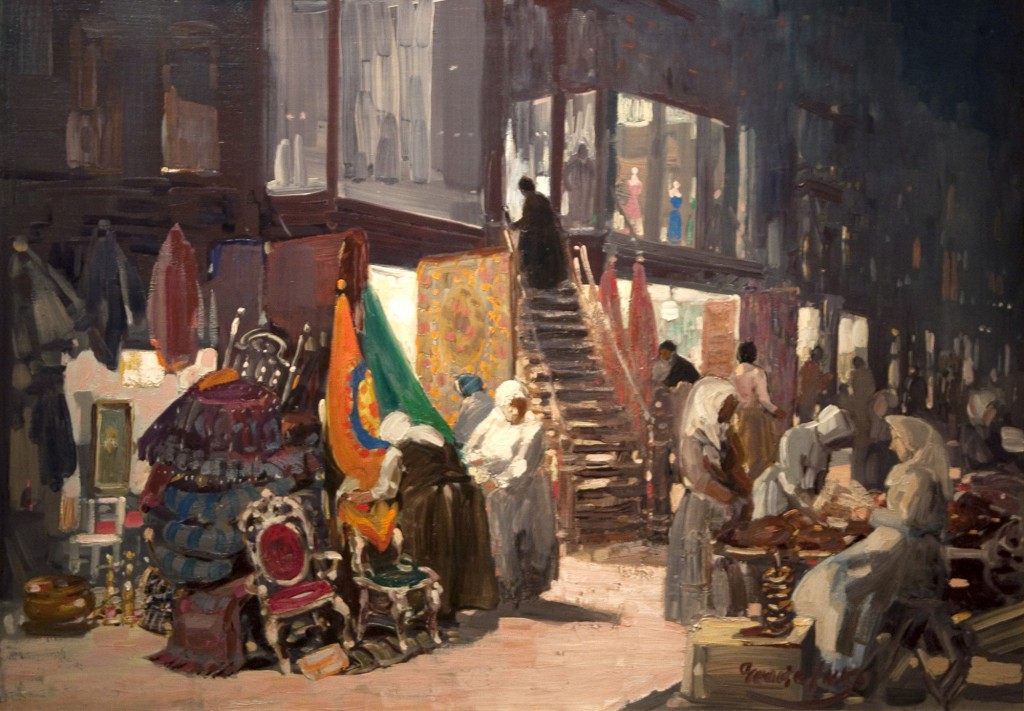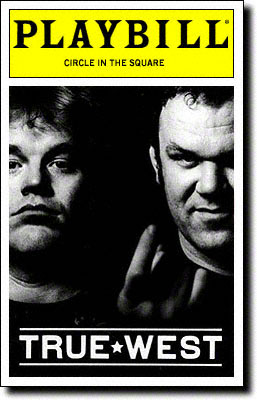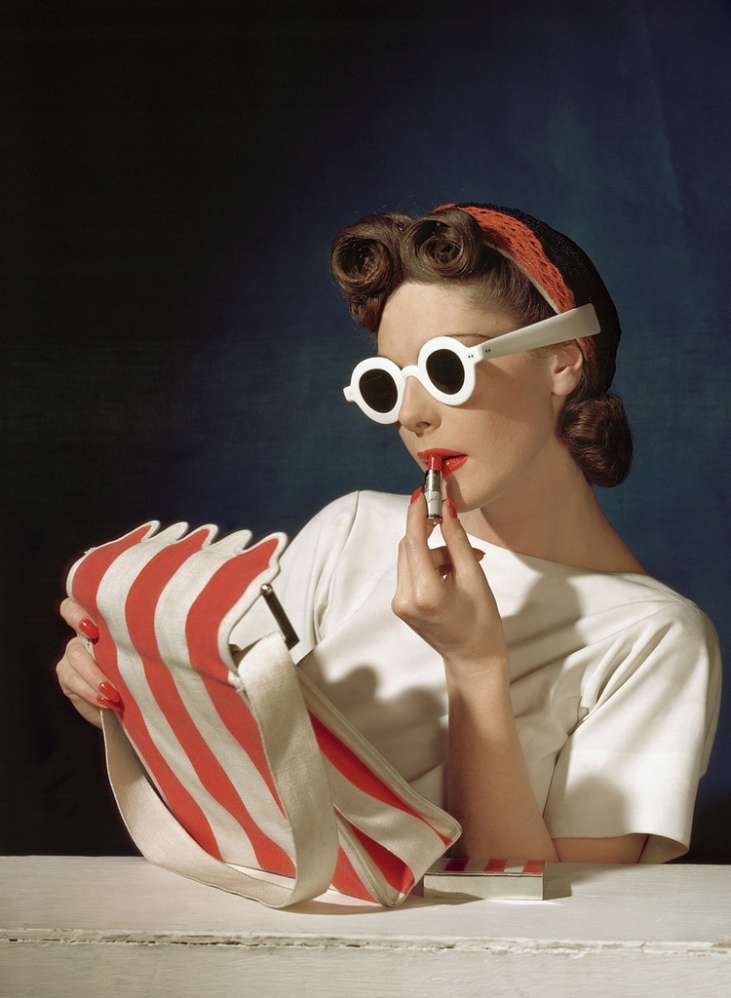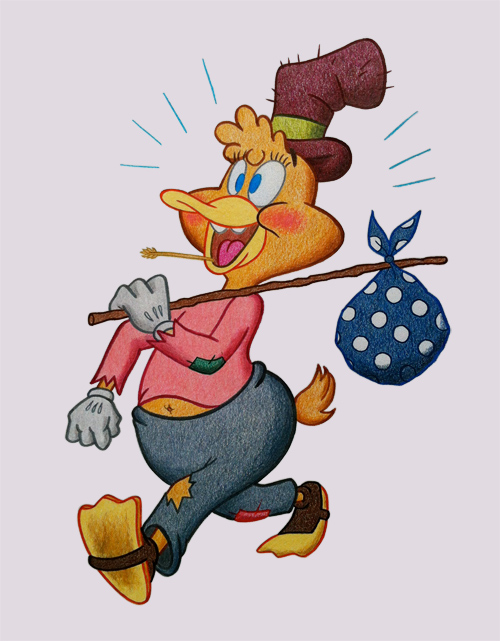
Please read Part I of this story (one post prior) or you’ll miss the important setup.
I approach the family, who was spilling out of the booth. There were Cheerios everywhere, but we did not serve cereal at the restaurant, so these were brought in from home. Two booster seats were cramming the narrow aisle but it was cool; these folks deserved (?) brunch like everyone else in Chicago. A yoga mat was stuffed into the corner because Mom had just come from class. Even though there was jelly soaked into my apron and egg on my shoe, I was chipper.
“Good morning, you guys,” I say, “You’ve been here a few times — I bet you know what you want!” I’m doing the assumed close, you see. Three new tables had been sat behind me and had already gotten coffee. Let’s do this.
“Yeah,” the mother said, and she put her fingers to her chin to ask what I prepared myself to be a focused question. “Belle is going to have the corned beef hash — do you think that’s something she’ll like? Corned beef?” Belle was six, so probably not. I told Mom, “Probably not. There are lots of peppers and corned beef is kind of an advanced thing… It’s a big plate.”
“Okay… I think… Belle, do you want corned beef?” Belle colored her placemat and said “Whatever,” without looking up.
“Let’s do that,” Mom said. “And Slade wants scrambled eggs, but can you have the kitchen make the eggs flat like a pancake?”
“Eggs on a pancake, sure,” I said, scribbling on my pad, making sure to press my pen hard so the carbon copy would come out clear for the kitchen.
“No, not on a pancake,” she said. “I’m wondering if you can scramble the eggs, like, flat.” She cocked her head and she looked like a cockatiel.
I looked up. “Scramble them flat.”
“You know, like put them on the grill and smooth them out, so they’re scrambled but, like, flat. And then flip it? So it’s flat? It would be like a pancake?”
I couldn’t stop blinking at her. Teddy, my righthand man, the best busboy who has ever lived, squeezed past me to grab the twenty-fourth pot of coffee of that morning.*
“Well,” I said. “I’ll ask the kitchen,” I said. On my pad, I wrote the shorthand word for scrambled eggs, which is “SCRAM.” Then, cocking my head like a cockatiel, I wrote, “FLAT.” So on my pad I had “SCRAM FLAT.”
“Thanks,” the woman said, “Is that weird?” I told her it was really, really weird. And I left them with a thank-you and a smile and banged through the double doors to the kitchen like we all banged through the double doors because that’s what double doors in a restaurant do: they bang.
“Glen,” I said, approaching the line. I could see the Great Men through the metal line where they were putting plates up. It was like a ballet back there. “Glen, this ticket says SCRAM FLAT. They want…” I could hardly tell him. This was a grown man. This was a man with dignity. I just came out with it: “Glen, they want the scrambled eggs flat. Like, scramble the eggs… Flat.”
There was no time for pausing but Glen stopped what he was doing and asked me what the [redacted] that meant. I explained the best I could. And he said “Alright,” because that’s what a Great Man does when faced with a challenge and indeed, about fifteen minutes later, I had a plate with SCRAM FLAT, sprinkled with parsley, with a twisted orange slice on the side. And love in there, because every plate had love in there.
Belle sent back the corned beef; Slade ate every bite.
*Teddy once caught me in the coat closet, bent me back like we were on the cover of a romance novel and kissed me on the lips. “Mi amor,” he said, “I’m in love with you.” That’s a story for another day.




